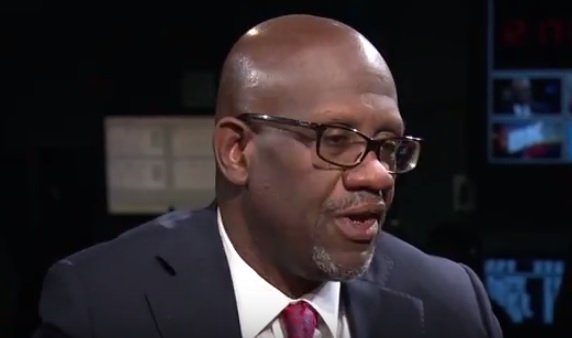
BRIC-TV
Elias Husamudeen, president of the Correction Officers Benevolent Association, has been a correction officer for 29 years.
It’s been more than two years since The New York Times and the office of U.S. Attorney Preet Bharara exposed a crisis of violence, deprivation and mistreatment on Rikers Island, and about 15 months since Mayor de Blasio settled a federal lawsuit by promising a raft of reforms. Since the reporting in 2014, and despite the city’s promises to fix the problem, some—including more than one elected official—have called for Rikers to close.
Whether that’s feasible, let alone likely, is a matter for debate. What’s not in dispute is the fact that violence has increased in the city’s jail system, which is dominated by the 10 facilities on Rikers (the Vernon C. Bain Center anchored off the Bronx and the Brooklyn, Manhattan and Queens detention complexes also hold people). In fiscal year 2016, which ended in June, inmate fights were up 19.3 percent and stabbings and slashings rose 21.3 percent, despite that fact that the number of people entering the city’s jails was 22 percent lower than in 2013.
BkLive, the daily noon news program broadcast by our partners at BRIC-TV, on Tuesday hosted Elias Husamudeen, president of the Correction Officers Benevolent Association; Gabriel Sayegh, a criminal-justice reform advocate who co-directs the Katal Center for Health, Equity, and Justice; and Herbert Murray, a leader of the Close Rikers movement. We discussed where the reforms of Rikers stand, whether they go far enough and what’s driving the surge in violence.









One thought on “Video: Violence in the City Jails and the Push to Close Rikers”
Reform the NYCDOC, clean up Rikers but don’t close it. An island is the perfect location for a jail facility. No one wants a jail near their home. I don’t feel bad for anyone locked up in Rikers. Criminals belong in jail.